The Art and Craft of Designing Kanjivaram Silk Sarees: A Journey Through Tradition and Innovation
Kanjivaram silk sarees, known for their rich texture, vibrant colors, and intricate designs, have been a symbol of South Indian culture for centuries. These sarees are not just garments but works of art that reflect the skilled craftsmanship of weavers from Kanchipuram, Tamil Nadu. But have you ever wondered how these exquisite sarees are designed? This blog will take you on a journey through the meticulous process involved in creating a Kanjivaram silk saree, from the selection of raw materials to the final masterpiece that adorns the shelves of saree boutiques worldwide.
The Origin of Kanjivaram Silk Sarees
The history of Kanjivaram silk sarees dates back over 400 years. Originating from the temple town of Kanchipuram, these sarees have been woven by skilled artisans who have passed down their craft through generations. Traditionally, the designs and motifs used in Kanjivaram sarees were inspired by the temples, mythology, and nature surrounding the region. Today, while the essence remains the same, modern influences have also found their way into the design process, making these sarees a blend of tradition and contemporary aesthetics.
Step 1: Selecting the Silk
The foundation of every Kanjivaram silk saree is the pure mulberry silk used in its making. The process begins with the careful selection of the highest quality silk threads. These threads are sourced primarily from Karnataka, known for producing some of the finest mulberry silk in India. The silk is then dyed in vibrant colors, which will form the base of the saree. The dyeing process is crucial, as the colors must be rich and long-lasting to complement the intricate designs that will be woven into the fabric.
Step 2: Preparing the Loom
Once the silk threads are ready, the next step involves preparing the loom. The loom is a traditional hand-operated machine that weaves the silk threads into fabric. Setting up the loom is an art in itself, requiring precision and expertise. The threads are arranged in a particular order to ensure that the final product is flawless. This process, known as warping, involves stretching the silk threads to create the warp, which forms the foundation of the saree.
Step 3: Weaving the Body of the Saree
With the loom prepared, the weaver begins the intricate process of weaving the body of the saree. Kanjivaram silk sarees are known for their durability and weight, achieved by interlocking the silk threads in a unique way. The weaver uses a shuttle to weave the threads through the warp, creating the fabric's base. The body of the saree is usually plain or has simple designs, as the focus is often on the pallu (the decorative end) and the borders.
Step 4: Designing the Borders and Pallu
The borders and pallu of a Kanjivaram saree are what truly set it apart. These areas feature intricate designs that are woven using zari, a fine gold or silver thread. The motifs used in these designs are often inspired by traditional South Indian temples, flowers, and peacocks. The weaver painstakingly creates these designs by interweaving the zari with the silk threads. This process can take several days or even weeks, depending on the complexity of the design.
Step 5: The Double Weave Technique
One of the most unique aspects of Kanjivaram silk sarees is the double weave technique. Unlike other sarees, where the borders and pallu are woven separately and then attached, in Kanjivaram sarees, the entire saree is woven in one piece using a double weave. This technique ensures that the borders are sturdier and more durable, giving the saree its distinctive look and feel. The double weave also allows for the use of contrasting colors, which adds to the saree's visual appeal.
Step 6: Adding Finishing Touches
After the weaving is complete, the saree undergoes several finishing processes to enhance its appearance and durability. The saree is washed, starched, and ironed to give it a crisp, smooth finish. Any loose threads are trimmed, and the saree is inspected for any flaws. Once the saree passes the quality check, it is ready to be worn, showcasing the skill and artistry that went into its creation.
The Modern Influence on Kanjivaram Silk Saree Design
While traditional designs continue to dominate the Kanjivaram silk saree market, modern influences have also begun to make their mark. Contemporary designers are experimenting with new color combinations, motifs, and even fusion styles that blend the traditional Kanjivaram with other regional sarees. This evolution has made Kanjivaram sarees more versatile, appealing to a younger generation while still retaining their timeless elegance.
Conclusion
The design and creation of a Kanjivaram silk saree is a labor of love that combines centuries-old techniques with modern innovations. Each saree is a testament to the skill and dedication of the weavers who bring these beautiful pieces to life. Whether you're wearing a Kanjivaram saree for a wedding, a festival, or a special occasion, you can be sure that you're draping yourself in a piece of art that embodies the rich cultural heritage of India. The next time you admire a Kanjivaram silk saree, you'll have a deeper appreciation for the intricate process that went into its making.

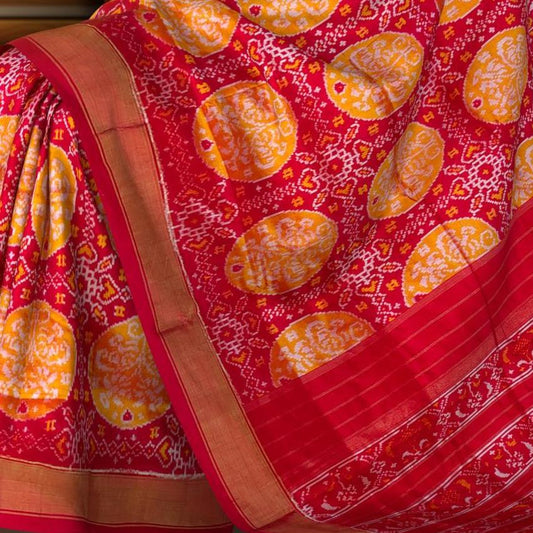
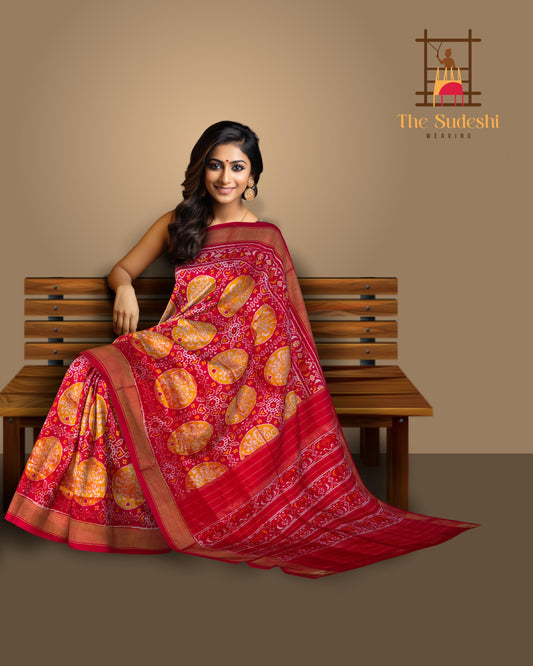
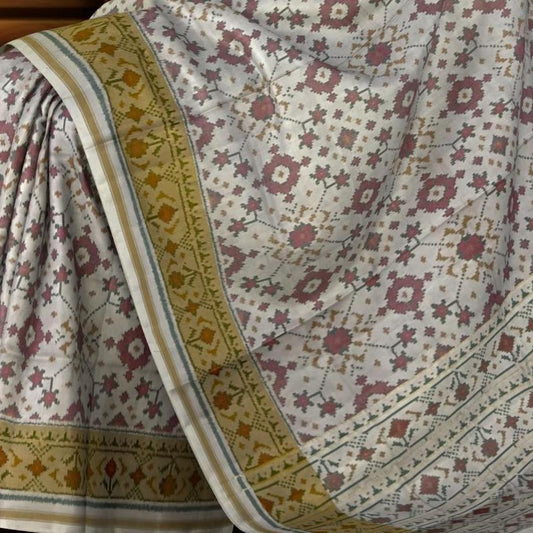
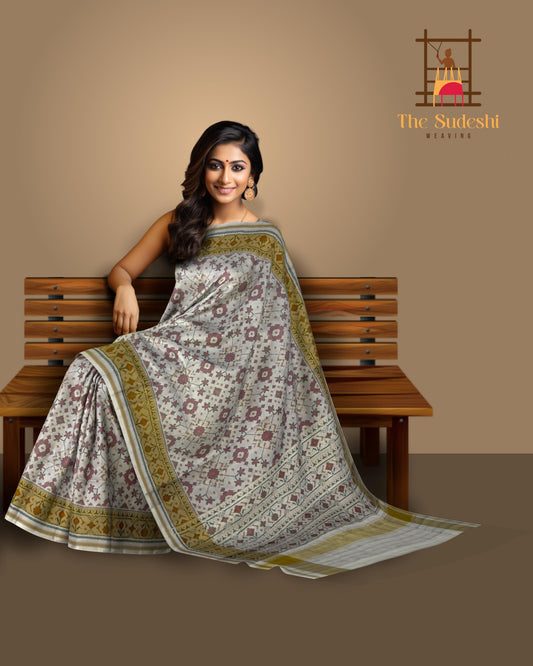
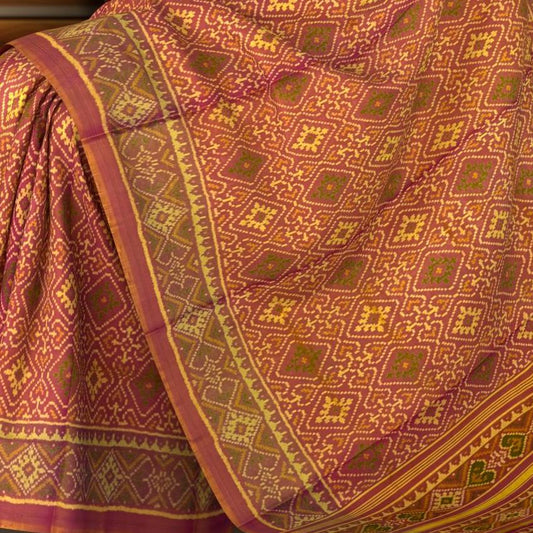
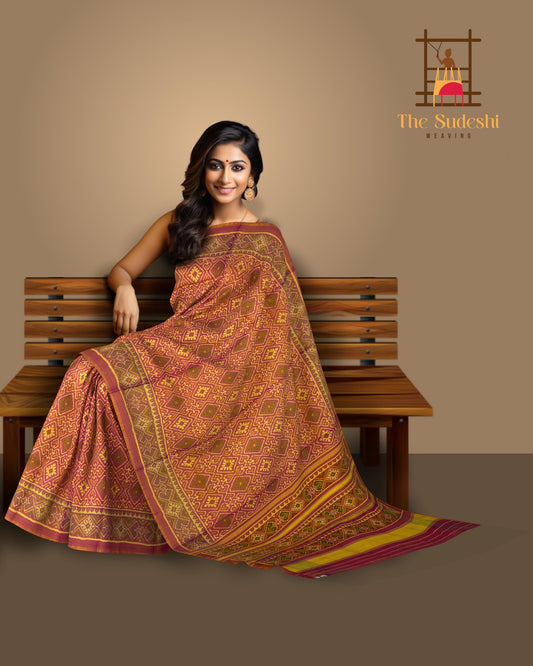
Leave a comment
Please note, comments need to be approved before they are published.